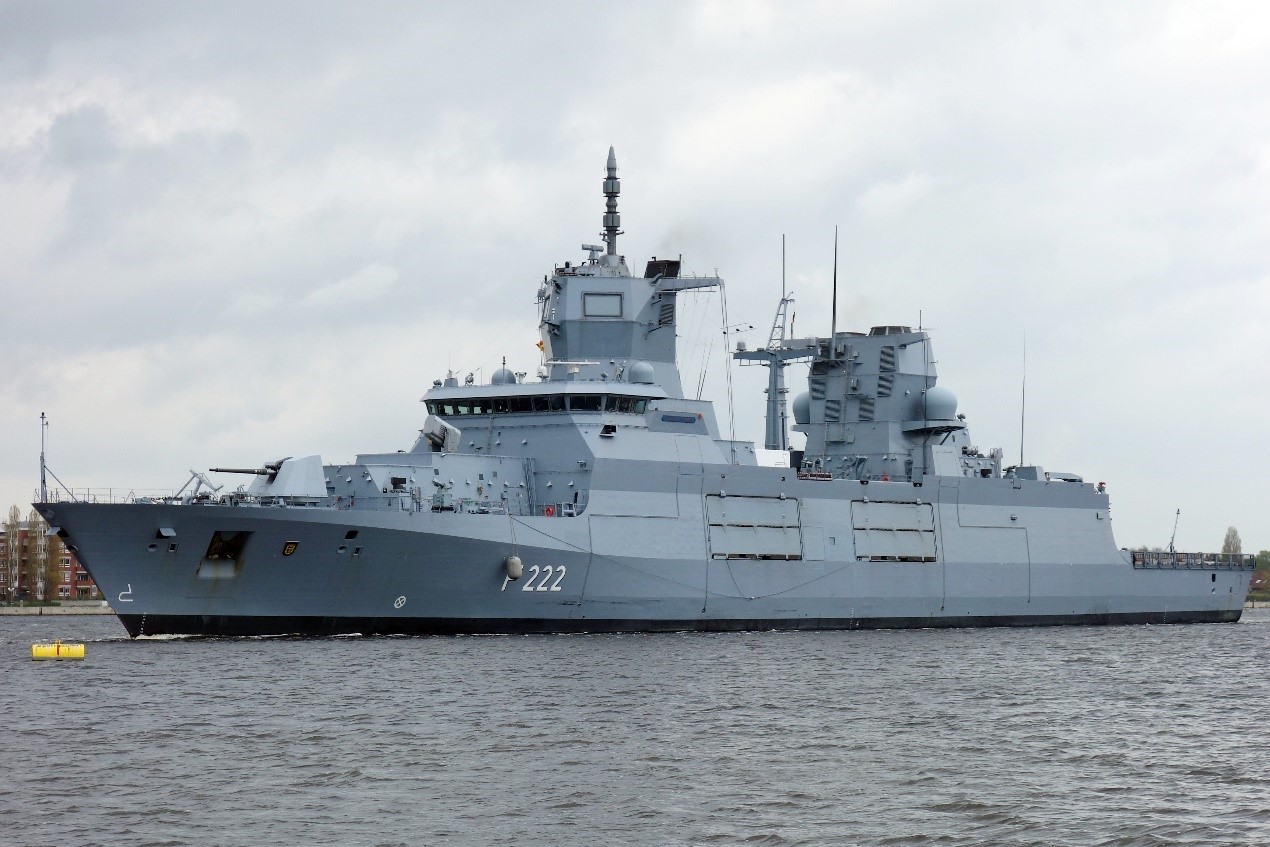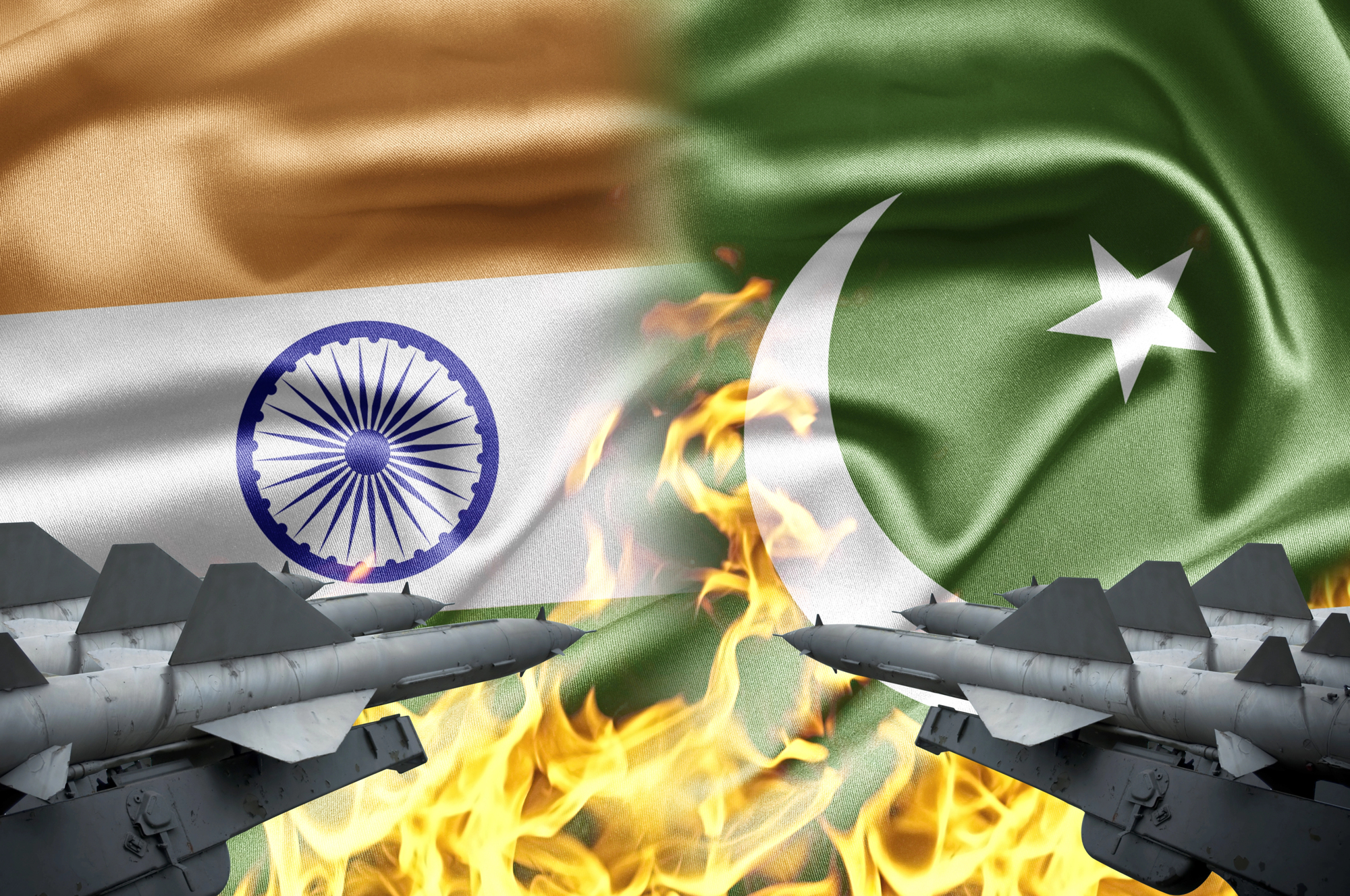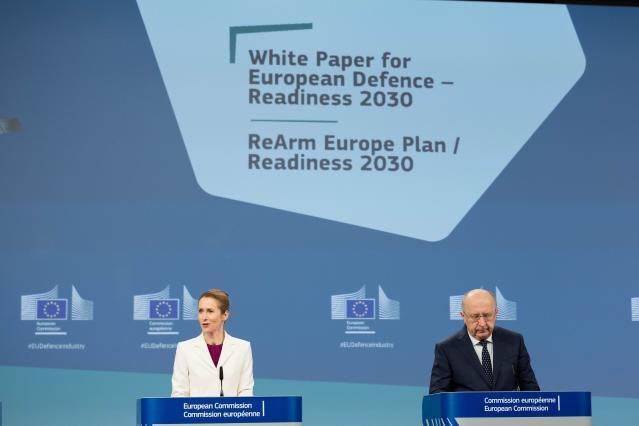Germany’s Shifting Indo-Pacific Strategy: From Indo-Pacific Guidelines to the Strategy on China
While Germany’s policy toward China has gradually become more assertive, the government has skillfully maintained room for maneuver. In recent discussions about whether German warships should pass through the Taiwan Strait, the German government has tried to downplay the controversy by claiming the Strait as a normal passage, akin to the right of innocent passage, rather than directly challenging China’s sovereignty claims over these waters. Picture source: Ein Dahmer, May 21, 2017, Wikipedia,
Prospects & Perspectives No. 48
Germany’s Shifting Indo-Pacific Strategy: From Indo-Pacific Guidelines to the Strategy on China
By Yun-Chen Lai
Germany has long pursued a strategy of Western alignment (German: Westbindung), i.e., alignment with the U.S., to secure its stability and maintain a significant role in global politics. Following the U.S.’ strategic shift to the Indo-Pacific, Germany announced the “Indo-Pacific Guidelines” (German: Indo-Pazifik-Leitlinien, hereafter: the Guidelines) in 2020 to signal its vision for the Indo-Pacific region.
However, as a remote power with a limited military footprint, Germany’s Guidelines have been widely criticized. They are considered too vague, as they do not provide a clear definition of the Indo-Pacific. Also, the document contains many topics but does not feature a core concept. The document is therefore regarded as a “shopping list” of political and security issues that falls short in terms of providing a clear roadmap for achieving these goals.
After the announcement of the Guidelines in 2020, changes in global politics occurred rapidly. Internationally, Russia’s invasion of Ukraine in 2022 brought German foreign policy to a “Turning Point” (German: Zeitenwende), forcing a foreign- and security-policy revolution . Though the major target of this policy shift was Russia, it also called for caution on China, as Beijing has closely aligned with Moscow during the war. At the European level, the debate on “strategic autonomy” is intensifying, with the EU developing various policies that promote independence, self-reliance and resilience in a wide range of areas. Domestically, a stumbling governing coalition has forced the German government to adjust its policies to maintain public support.
In response to the shifts and criticism of the Guidelines, Berlin has adjusted its policy to become more proactive, focused, and assertive, particularly towards China. In 2022, the German government published a progress report on the Guidelines, mentioning that, “rearmament in the region has accelerated, geopolitical tensions are exacerbating territorial conflicts and the risk of escalation is increasing, for instance in the Taiwan Strait.” Also, Germany emphasized its position that “the status quo in the Taiwan Strait can only be changed by peaceful means and by mutual agreement.” These arguments mark a shift in German’s policy, as the Taiwan Strait was not mentioned in the 2020 Guidelines.
Germany published its first China strategy in 2023, marking the end of Germany’s China illusion. For a long time, Germany took a “change through trade” (German: Wandel durch Handel) strategy to engage China. However, after decades of such engagement, China did not democratize as Germany (and other countries) had hoped. The failure of “change through trade” is obvious. Even former chancellor Angela Merkel, who pushed for the finalization of an investment agreement between the European Union and China, admitted this frustration, saying that “Maybe initially we were rather too naïve in our approach.”
In its China strategy, Germany used the term “systematic rivalry.” The term is not new, as it had been proposed by the EU as early as in 2019. However, it was not until 2023 that the German government adopted the term. During the interim period, the “German engine” pushed for the completion of the EU-China CAI negotiations; Germany proposed the Indo-Pacific policy in the form of “Guidelines” rather than a “Strategy” to avoid angering China; during the 2021 deployment of the Bayern frigate in the Indo-Pacific region, Germany discreetly inquired about the possibility of docking in Shanghai, aiming to preserve diplomatic channels with China; and China’s problem was downplayed in Germany’s Zeitenwende by barely mentioning China’s relationship with Russia. These are all expressions of goodwill towards China. In fact, while initiating the Indo-Pacific Guidelines, Germany was initially very hesitant to even adopt the term “Indo-Pacific,” as it was seen to be too heavily geopolitical and overtly “anti-China.” Germany therefore preferred to show goodwill and to avoid describing China in negative terms. However, in the Strategy on China in 2023, China is identified as a systemic rival in certain areas, showing a significant shift in Germany’s perceptions and attitudes.
The change also appeared in conversations with German officials. A speech by German Foreign Minister Annalena Baerbock stated that “the world is experiencing increasing systemic rivalry, in which some autocratic regimes seek to bend the international order.” She reaffirmed “any unilateral change in the status quo across the Taiwan Strait would be unacceptable, even more so if this were to include coercive or military means.” She also considered China as “the most ambitious country since the end of the Second World War,” making it a systemic rival “to the fundamentals of how we live together in this world.” Such statements clearly show the rising skepticism toward China.
Besides the changing stance reflected in writings and speeches, Germany’s actions in the Indo-Pacific are becoming more proactive. Germany has demonstrated its determination to protect navigation rights through various military deployments, including the dispatch of the frigate Bayern and the participation of German military aircraft and troops in joint exercises with regional partners. In 2024, the frigate Baden-Württemberg and the supply ship Frankfurt am Main participated in joint exercises, while even retaining the option of transiting the Taiwan Strait if deemed necessary. This move was sure to spark displeasure in China.
In short, the Indo-Pacific Guidelines and the Strategy on China collectively outline Germany’s vision for the Indo-Pacific region. These documents were released at different times, during which international dynamics, the strategic concerns of the European Union, and Germany’s domestic politics changed rapidly. These evolving international, regional, and domestic factors prompted Germany to shift its Indo-Pacific strategy from one that initially aimed to avoid provoking China to one that increasingly targets China. The 2020 Indo-Pacific Guidelines were carefully crafted to project inclusiveness toward China. However, by 2023, Germany’s approach had toughened considerably, with the Strategy on China identifying China as a rival, increasing focus on the stability of the Taiwan Strait and escalation in military activities within the Indo-Pacific region. It is obvious that Germany is now adjusting its strategy in the Indo-Pacific as well as policies on China.
While Germany’s policy toward China has gradually become more assertive, it is important to recognize the political reality of Germany’s domestic politics. The Guidelines of 2020 were crafted by the Merkel government, whereas the China Strategy of 2023 were introduced by the Scholz administration. As a result, the differences between the two documents are understandable. Nevertheless, this does not necessarily mean that the Scholz government is more hardline on China than Merkel. Actually, the recent tougher stance on China is largely driven by the foreign minister, who is a member of the Green Party, rather than by the Social Democrat Scholz, who is generally considered pro-China. The stricter China Strategy can be seen as fulfilling the commitments made in the 2021 coalition agreement to bring the Green Party into the coalition, but it does not necessarily indicate a shift in the stance of the entire coalition government.
Furthermore, even though Germany’s stance appears to have toughened, the government has skillfully maintained room for maneuver. In recent discussions about whether German warships should pass through the Taiwan Strait, the German government has tried to downplay the controversy by claiming the Strait as a normal passage, akin to the right of innocent passage, rather than directly challenging China’s sovereignty claims over these waters.
To sum up, some negative remarks from the German government toward China, along with expressions of displeasure by Beijing, have characterized recent relations between the two countries. From this, however, we cannot easily conclude that there has been a dramatic reversal in Germany’s policy toward China. Whether Germany’s China policy has reached a “Zeitenwende,” similar to its approach toward Russia, remains uncertain. Careful and sustained observation will be necessary to determine if a significant shift is truly underway.
(Dr. Lai is Professor of Department of Public Administration and Executive Director of European Union Research Center, National Dong Hwa University.)
This thesis is part of the results of the Research Project the of National Science and Technology Council (NSTC), R.O.C., Project Number: 112-2410-H-259 -020





